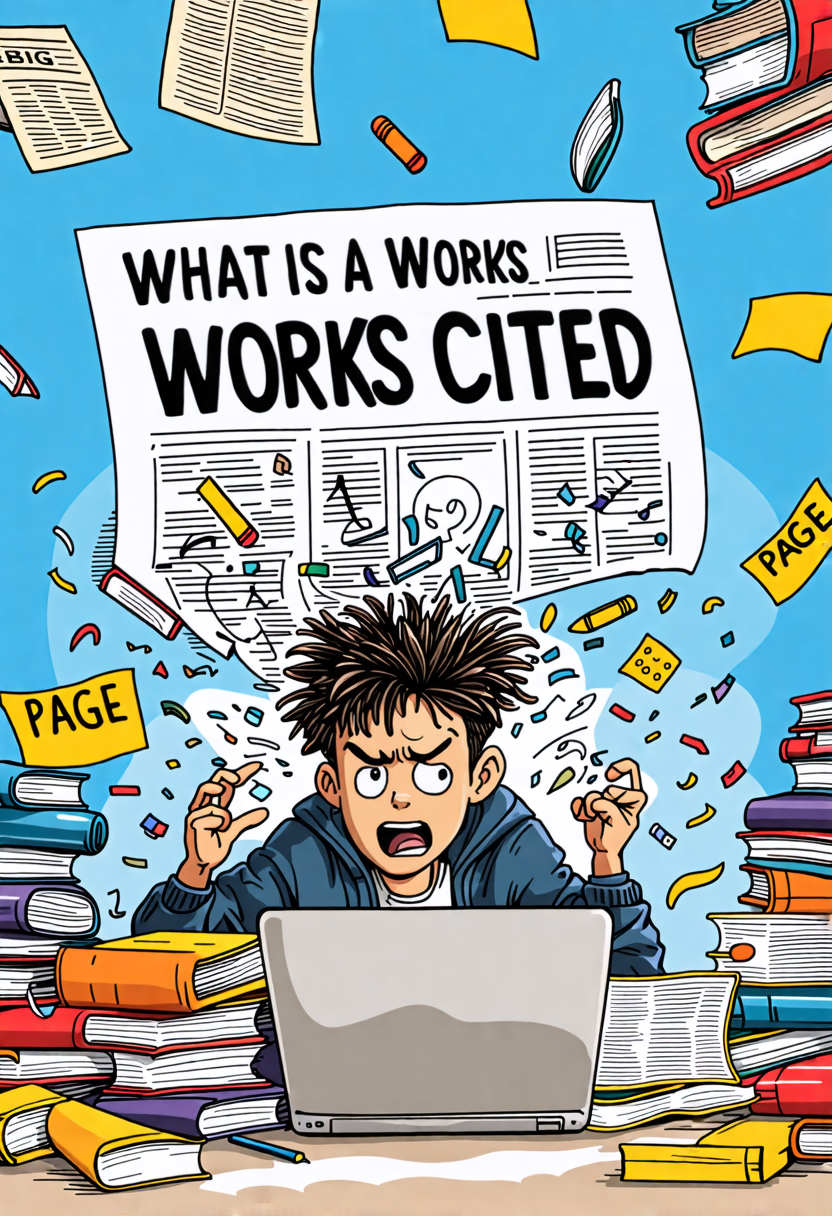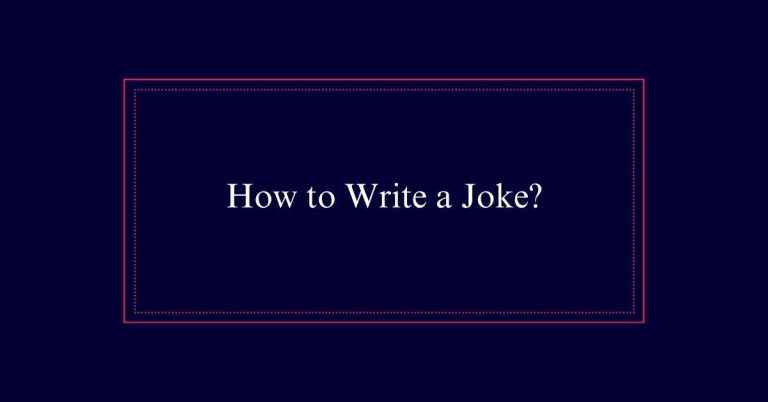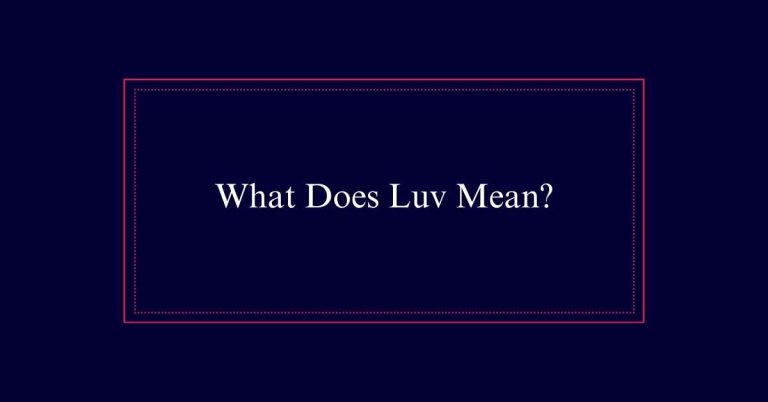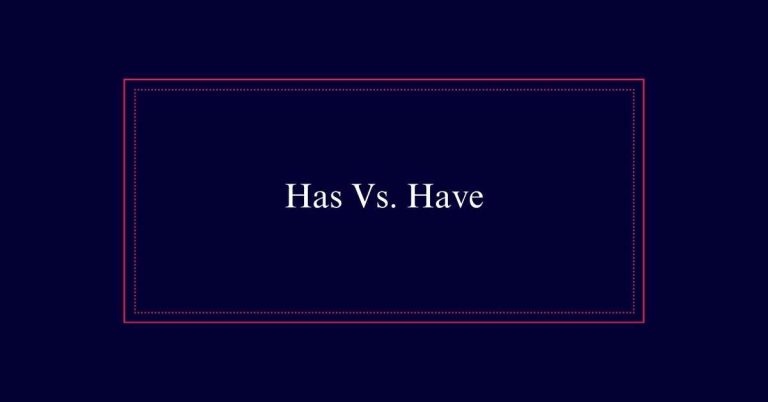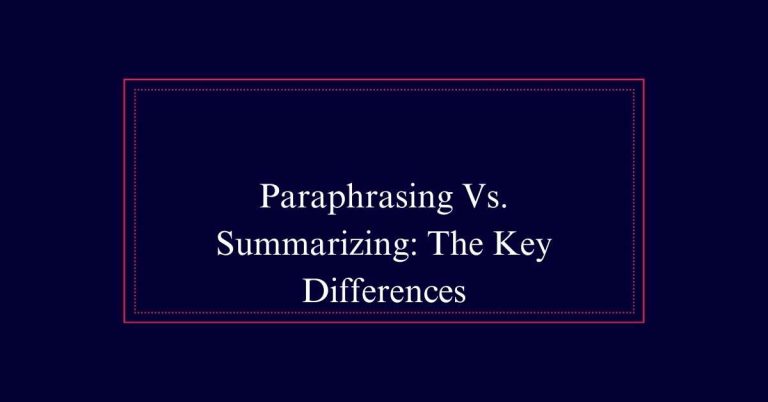What is a Works Cited Page?
A Works Cited page is a detailed list of all sources referenced in a research paper, essential for verifying information and ensuring research accuracy. Typically formatted using standards set by the Modern Language Association (MLA), it includes books, articles, websites, and other media.
This page helps avoid plagiarism by acknowledging source material and adds credibility to your work. Proper formatting, such as alphabetizing entries and using hanging indents, makes it easier for readers to locate original sources.
Definition of a Works Cited Page
A works cited page is an exhaustive list of all the sources referenced in a research paper. This page is essential for verifying the origins of information and ensuring the accuracy of the research. It is the method prescribed by the Modern Language Association (MLA) for documenting sources.
The works cited page includes every source cited within the text, whether books, articles, websites, or other media. Specific guidelines must be followed for formatting, such as using double spacing and a hanging indent for each entry. Properly formatted citations enable readers to locate the original sources easily.
Additionally, this page distinguishes in-text citations from full citations, providing complete details about each source.
MLA Citation Style Overview
Understanding the MLA citation style is fundamental for properly formatting a works cited page. The Modern Language Association (MLA) style is widely used in the arts and humanities. It guarantees consistency and clarity in academic writing.
Each citation must include specific elements such as the author’s name, title of the work, and publication details. The works cited page should begin on a new page, titled ‘Works Cited,’ and each entry must be alphabetized by the author’s last name. Subsequent lines of each citation should be indented.
Proper MLA formatting also includes using a consistent font and maintaining specific margins. This standardized approach helps readers easily locate and verify sources used in the paper.
Comparing Citation Styles
Different citation styles cater to various academic disciplines, each with unique formatting rules and conventions. MLA is typically used in the arts and humanities. APA is favored in the social sciences. Chicago style is common in history and some humanities. Each style has distinct guidelines for citations and bibliographies. Below is a comparison table of the primary citation styles:
| Citation Style | Primary Use |
|---|---|
| MLA | Arts and Humanities |
| APA | Social Sciences |
| Chicago | History and Humanities |
| Harvard | Various Academic Fields |
Formatting Guidelines for MLA
How do you properly format a works cited page in MLA style?
Start on a new page at the end of your document. Set one-inch margins on all sides and use a legible, 12-point font like Times New Roman.
Title the page ‘Works Cited’ and center it at the top. Double-space all text, including citations.
List entries alphabetically by the author’s last name. For each citation, use a hanging indent, where the first line is flush left, and subsequent lines are indented by half an inch.
Dates should be in the format of Day Month Year (e.g., 15 Aug. 2020). This promotes uniformity and readability in your paper.
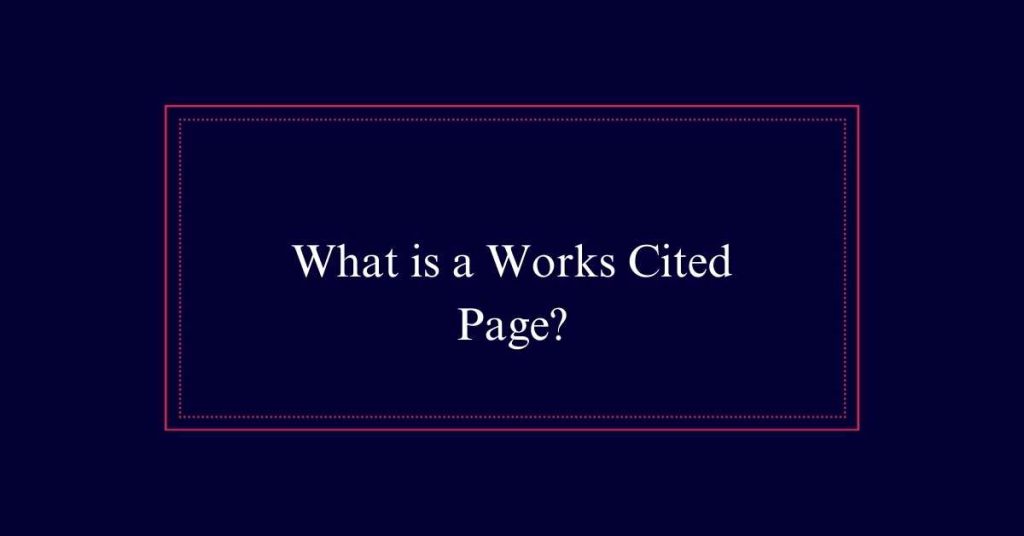
Essential Citation Elements
A proper citation in an MLA works cited page includes several essential elements to guarantee clarity and uniformity. These elements guarantee that each source is easily identifiable and verifiable. The main elements include the author’s name, title of the source, title of the container, other contributors, version, number, publisher, publication date, and location. Each element serves a specific purpose and must be presented in a precise order.
Here’s a summary of essential elements:
| Element | Description | Example |
|---|---|---|
| Author | Creator of the work | Smith, John |
| Title | Title of the source | *The Great Book* |
| Publisher | Organization publishing it | Penguin Books |
| Publication Date | When it was published | 2021 |
These elements help maintain a consistent and professional appearance.
Author Name Formatting
Consistently formatting author names is essential for a clear and professional works cited page. In MLA style, the author’s name is formatted as Last Name, First Name. This helps in maintaining a uniform structure and makes it easy for readers to locate sources. Here are three key points to remember:
- Single Author: Format as ‘Smith, John.’
- Multiple Authors: Format the first author as ‘Smith, John,’ followed by ‘and Jane Doe’ for the second author.
- No Author: If no author is listed, begin with the title of the source.
Properly formatting author names ensures your works cited page is organized and professional. This attention to detail reflects your dedication to academic integrity and scholarly standards.
Alphabetizing Citations
After formatting author names correctly, the next step is to alphabetize the citations on your works cited page.
This involves arranging entries in alphabetical order by the first letter of the author’s last name. If a source does not have an author, use the first significant word of the title instead.
Ignore articles like ‘A,’ ‘An,’ and ‘The’ when alphabetizing titles.
For multiple works by the same author, list them in alphabetical order by title and use three hyphens (—) in place of the author’s name for subsequent entries.
This method guarantees a clear, organized presentation of sources, making it easier for readers to locate and verify the information used in your research.
Citing Online Sources
Frequently, researchers encounter online sources that demand meticulous citation to guarantee accuracy and credibility. Properly citing online sources assures the reliability of the research and aids readers in locating the original materials.
When citing online sources in an MLA works cited page, several elements must be included:
- Author: List the author’s name as Last Name, First Name.
- Title: Enclose the title of the web page or article in quotation marks.
- URL and Access Date: Include the full URL and the date you accessed the source.
For example:
Smith, John. ‘Understanding Climate Change.’ *Climate Today*, www.climatetoday.com/articles/climate-change. Accessed 10 Oct. 2023.
These components help maintain the integrity and traceability of your sources.
Academic Integrity and Citations
Academic integrity is the cornerstone of scholarly research, and proper citations play a crucial role in upholding it. Citations guarantee that original authors receive due credit for their work. This acknowledgment prevents plagiarism, which is the unethical act of using someone else’s work without permission.
Proper citations also enable readers to verify the sources used, ensuring the research is credible. By adhering to citation rules, researchers demonstrate their commitment to honesty and transparency. Different academic disciplines have specific citation styles, such as MLA, APA, and Chicago. Each style has unique guidelines, but all serve the same purpose: to maintain the integrity of scholarly work and foster a culture of respect for intellectual property.
Tips for Accurate Citations
Securing the accuracy of your citations is fundamental to maintaining academic integrity and strengthening the credibility of your research. Accurate citations allow readers to locate your sources and verify your information.
Here are three essential tips for accurate citations:
- Double-check Sources: Verify each source’s details, including author names, titles, publication dates, and URLs. Mistakes can lead to misinformation.
- Utilize Citation Tools: Utilize reliable citation tools or software to generate correct citations. They help ensure consistency and adherence to style guidelines.
- Stay Updated: Citation styles, such as MLA, APA, and Chicago, update their rules periodically. Make sure you follow the latest guidelines to avoid outdated formats.
Frequently Asked Questions
How Do You Cite a Source With Multiple Authors?
For a source with multiple authors, list the first author’s last name followed by the first name. Then, list the names of other authors in the same format, separated by commas, ending with “and”.
What Should You Do if No Author Is Listed?
If no author is listed, commence the citation with the title of the work. Alphabetize the entry by the title in your works cited page. Make sure the title is in italics if it is a book or in quotation marks if it is an article.
How Do You Handle Citing a Source Within Another Source?
When citing a source within another source, mention the original author in your text but cite the secondary source in your works cited page. Use “qtd. in” to indicate the original source within the secondary source.
Are There Specific Rules for Citing Multimedia Sources?
Yes, there are specific rules for citing multimedia sources. For MLA format, include the title, creator’s name, version, publisher, date of creation, and URL if applicable. Each citation style has distinct guidelines for multimedia sources.
How Should You Format Citations for Translated Works?
For translated works in MLA format, list the original author, followed by the translated version’s title. Then, include the translator’s name, publisher, publication year, and any other relevant details.
